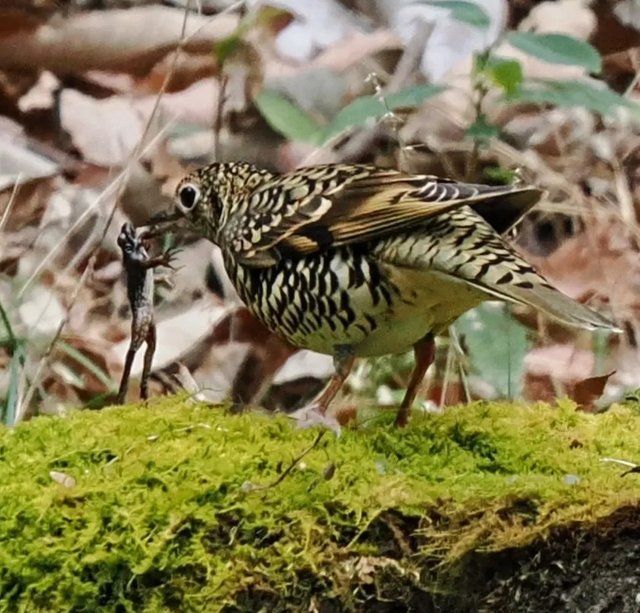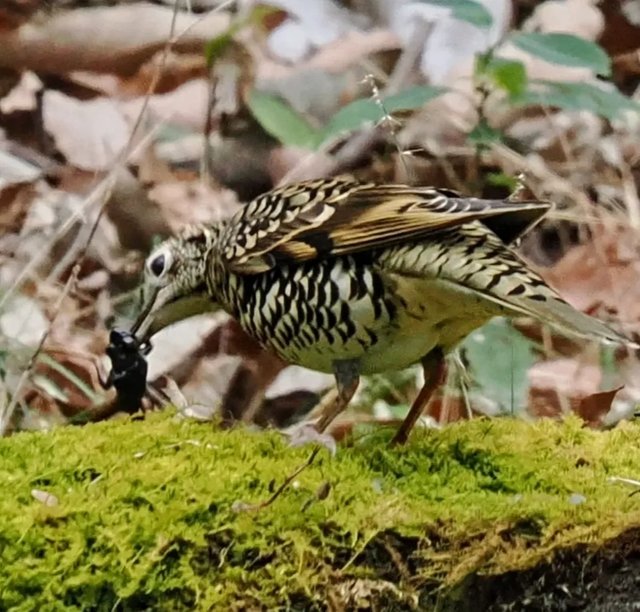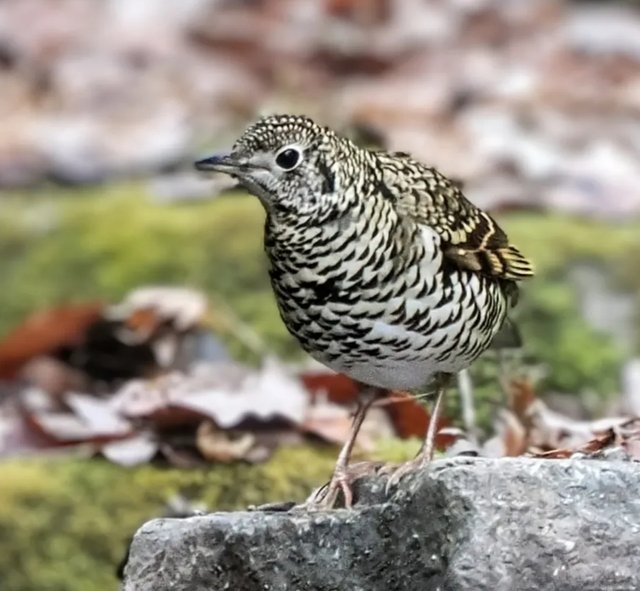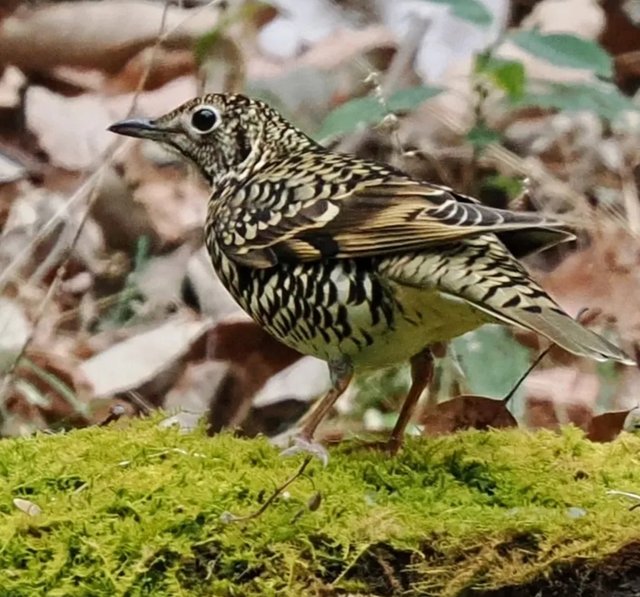Scaly Thrush: A Secretive Beauty of the Forest
The Scaly Thrush, also known as the White’s Thrush, is a fascinating and elusive bird found in dense woodlands across Asia and parts of Europe. Its intricate plumage, cryptic behavior, and melodious calls make it a remarkable species among the thrush family. This post delves into its identification, habitat, behavior, diet, breeding habits, and conservation status.
Identification and Appearance
The Scaly Thrush is named for its distinctive scale-like plumage—a pattern formed by dark-edged feathers over a pale golden-brown base. This unique coloration provides excellent camouflage against leaf litter and tree bark. Other key features include:
Size: Medium to large thrush, measuring 27-30 cm in length, making it one of the larger thrush species.
Wings: Broad and rounded, adapted for quick flights through dense foliage.
Tail: Relatively short compared to other thrushes.
Eyes: Large and dark, aiding in low-light visibility during foraging.
Males and females look alike, making it difficult to distinguish them visually. Juveniles resemble adults but may have a slightly duller appearance.
Habitat and Distribution
The Scaly Thrush inhabits dense forests, woodlands, and mountainous regions. It is widely distributed across:
Asia: Found in India, China, Japan, Korea, Thailand, Myanmar, and Indonesia.
Europe: Some populations breed in Russia and migrate to warmer regions in winter.
Isolated populations: A subspecies exists in Sri Lanka and the Andaman Islands.
The bird prefers moist, shaded environments with abundant undergrowth, such as oak, pine, and bamboo forests.




| Device | cannon eos 700D |
|---|---|
| Lens | 55-250 zoom leans |
| Location | Bangladesh |
